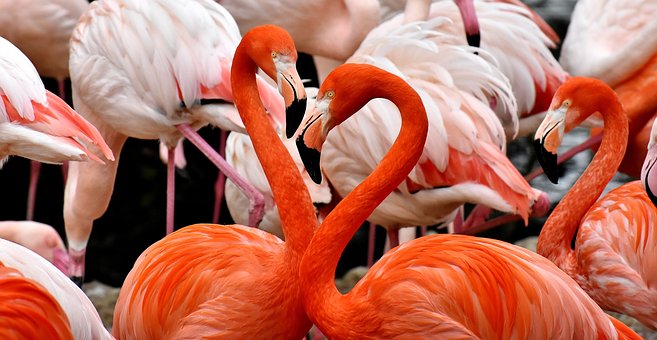American Robin Nesting (All You Need To Know)
Popular backyard birds, American robins can be seen hopping around on lawns across the country in search of earthworms or freshly turned dirt. The coming of spring is heralded by the nesting of American robins, who produce the season’s first visible signs of life by depositing bright blue eggs. In this article, we investigate the … Read more










